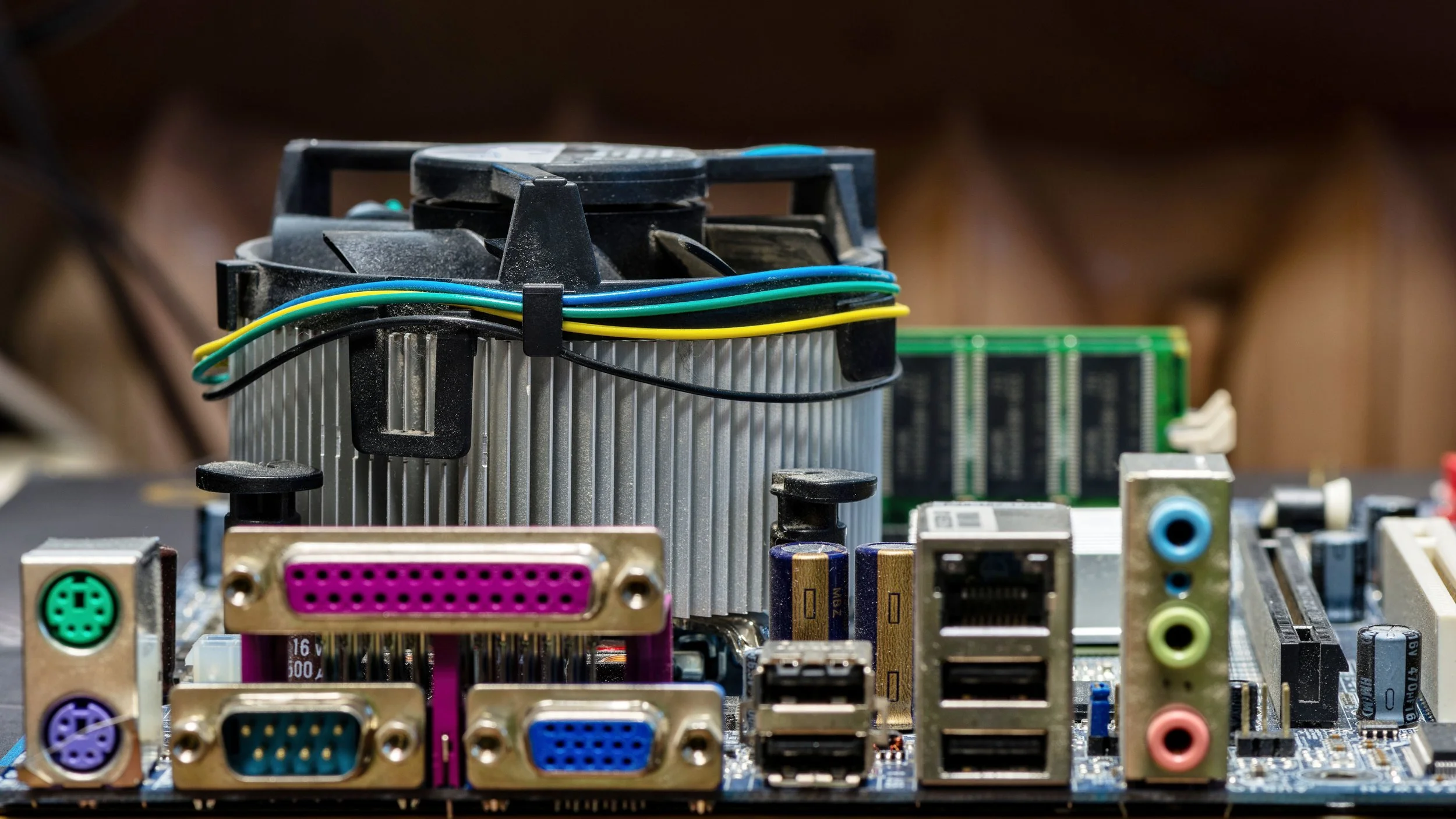Your Legacy Systems Create Invisible Business Risks.
The Unseen Anchor: How Legacy Systems Impede Progress
Across industries, organizations rely on core software systems implemented decades ago. These systems, often mainframes or applications running on unsupported operating systems, manage critical functions – from financial transactions to manufacturing processes. While seemingly stable, they represent a significant and growing technical debt, estimated globally at hundreds of billions. This isn't just an IT issue; it's a strategic business risk, creating silent drags on innovation, security, and operational resilience.
Many leadership teams find themselves caught in a paradox: the systems are too vital to fail, yet too complex, fragile, and deeply embedded to easily replace. This understandable reluctance, however, allows risks to compound quietly until a crisis forces action.
Why Outdated Systems Persist: Understanding the Reluctance to Modernize
The decision to maintain aging technology is rarely due to negligence. It stems from justifiable concerns:
Fear of Catastrophic Failure: Large-scale "rip and replace" modernization projects have a notorious history of failure, often causing major business disruption. The potential cost and reputational damage of a failed migration can outweigh the perceived risks of the status quo.
Prohibitive Costs and Timelines: Replacing core systems is immensely expensive, often requiring multi-year efforts and budgets reaching tens or hundreds of millions. Quantifying the ROI against maintaining a "working" system can be challenging.
Undocumented Complexity: Legacy systems often contain decades of undocumented business logic, customizations, and interdependencies. Understanding, replicating, and migrating this complexity is fraught with peril.
Skills Gap: The expertise required to maintain or migrate systems built with older languages (like COBOL) or platforms is rapidly diminishing as experienced professionals retire.
These factors create a powerful inertia, leading organizations to defer modernization year after year, hoping the aging infrastructure holds together.
Beyond Maintenance: Calculating the True Cost of Legacy Systems
The visible costs of legacy systems – maintenance contracts, specialized staff – are often only a fraction of their true economic impact. Organizations must also account for the hidden burdens:
Opportunity Cost: Inability to integrate with modern technologies (APIs, mobile platforms, cloud services) prevents the launch of new products and services, allowing more agile competitors to gain market share.
Security Vulnerabilities: Systems running unsupported operating systems cannot receive security patches, leaving them perpetually vulnerable to known exploits. They often cannot support modern security controls like Multi-Factor Authentication (MFA) or robust encryption.
Compliance and Insurance Risks: Aging systems may fail to meet evolving regulatory requirements (e.g., PCI DSS, data privacy laws like PDPA). Their presence can lead to drastically increased cyber insurance premiums or outright denial of coverage.
Operational Fragility: Dependence on obsolete hardware with no available spare parts creates a constant risk of catastrophic, unrecoverable failure. Institutional knowledge loss occurs as key personnel retire.
These uncounted costs manifest as competitive disadvantage, increased operational risk, and significant financial exposure, often only becoming fully apparent during a crisis.
Modernization Strategies: Moving Beyond the "Big Bang" Failure
Recognizing the high failure rate of large-scale, "big bang" replacement projects, more pragmatic approaches have emerged:
Incremental Modernization: This strategy involves gradually migrating functionality piece by piece. New, modern services are built alongside the legacy system, and processes are slowly rerouted. Over time, the legacy system is "strangled" as its functions are taken over, eventually allowing for its retirement with significantly reduced risk. This approach is slower but far more reliable.
Secure Coexistence: When immediate replacement isn't feasible, organizations can focus on mitigating the risks of the existing system. This involves implementing strong compensating controls:
Strict network segmentation to isolate the legacy system.
Enhanced monitoring specifically tailored to detect anomalous behavior within the legacy environment.
Robust backup and disaster recovery plans, rigorously tested for the specific failure scenarios of the legacy system.
Maintaining access to specialized expertise (internal or external) for the specific technology.
Choosing the right path depends on the system's criticality, the organization's risk tolerance, and available resources.
The Critical Question for Leadership: Are We Prepared for Failure?
Regardless of the chosen strategy, leadership must confront the inevitable: legacy systems carry inherent risks of failure. The crucial question is not if a failure might occur, but when, and whether the organization is prepared.
This requires moving beyond hope and implementing concrete plans:
Have backups been validated through full restoration tests?
What are the documented manual processes if the system is unavailable for days or weeks?
How will customer communications and contractual obligations be managed during an extended outage?
Proactive planning for failure, including realistic disaster recovery drills, is essential. Waiting until a crisis occurs guarantees a chaotic, costly, and potentially business-ending response.
AKATI Sekurity: Navigating Your Legacy System Challenge
Addressing legacy system risk requires a blend of technical expertise, risk management acumen, and strategic planning. AKATI Sekurity provides specialized services to help organizations navigate this complex landscape.
Our Cybersecurity Consulting teams assess the specific risks posed by your legacy systems, design effective compensating controls, and develop pragmatic roadmaps for either incremental modernization or secure coexistence. We help translate technical risks into clear business impacts, building the case for necessary investment. Through our Managed Security Services (MSSP), we implement and manage tailored monitoring for legacy environments, detecting threats that standard tools miss.
Whether you need to secure aging infrastructure, plan a phased modernization, or demonstrate due diligence to regulators and insurers, our experts provide the clarity and guidance needed to manage legacy system risk effectively.
Don't wait for a crisis. Contact AKATI Sekurity to address your legacy system challenges proactively.
About the Author: This article was written by AKATI Sekurity's legacy system security and technical debt specialists who help organizations assess, protect, and gradually modernize aging technology infrastructure across financial services, healthcare, government, and manufacturing sectors in ASEAN and North America.
Related Services: Cybersecurity Consulting | Security Posture Assessment | 24/7 Managed Security (MSSP) | Penetration Testing

